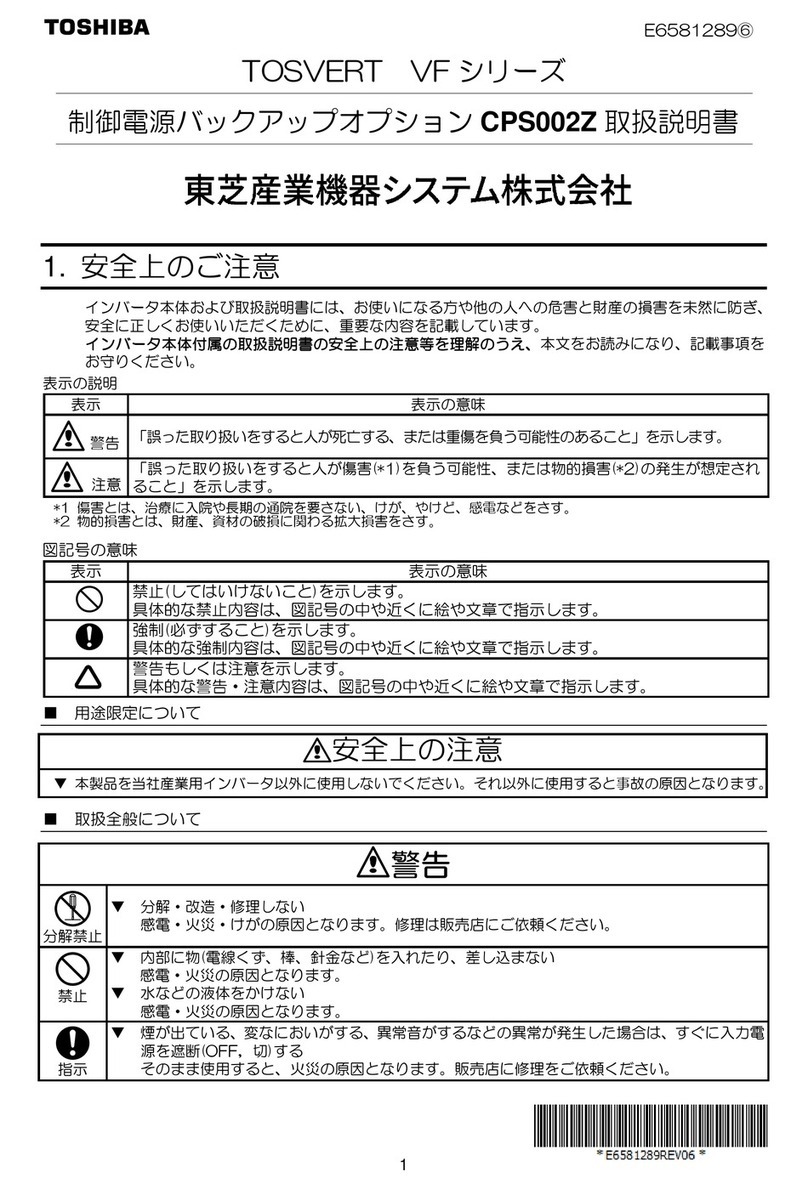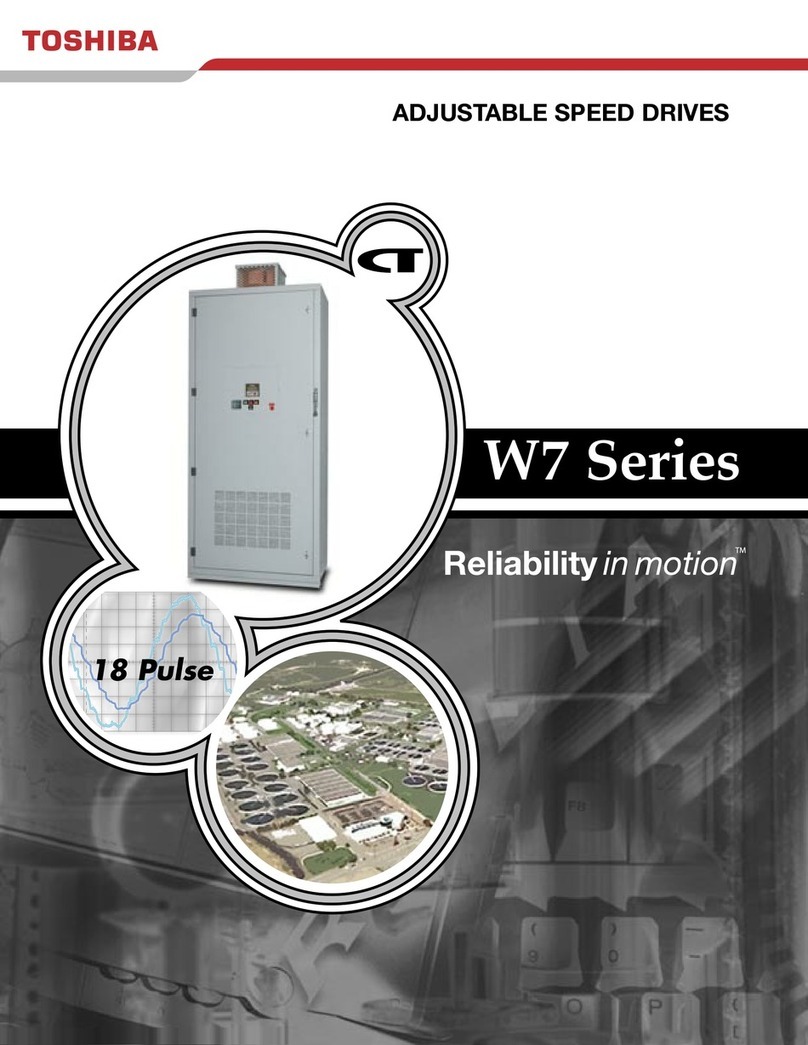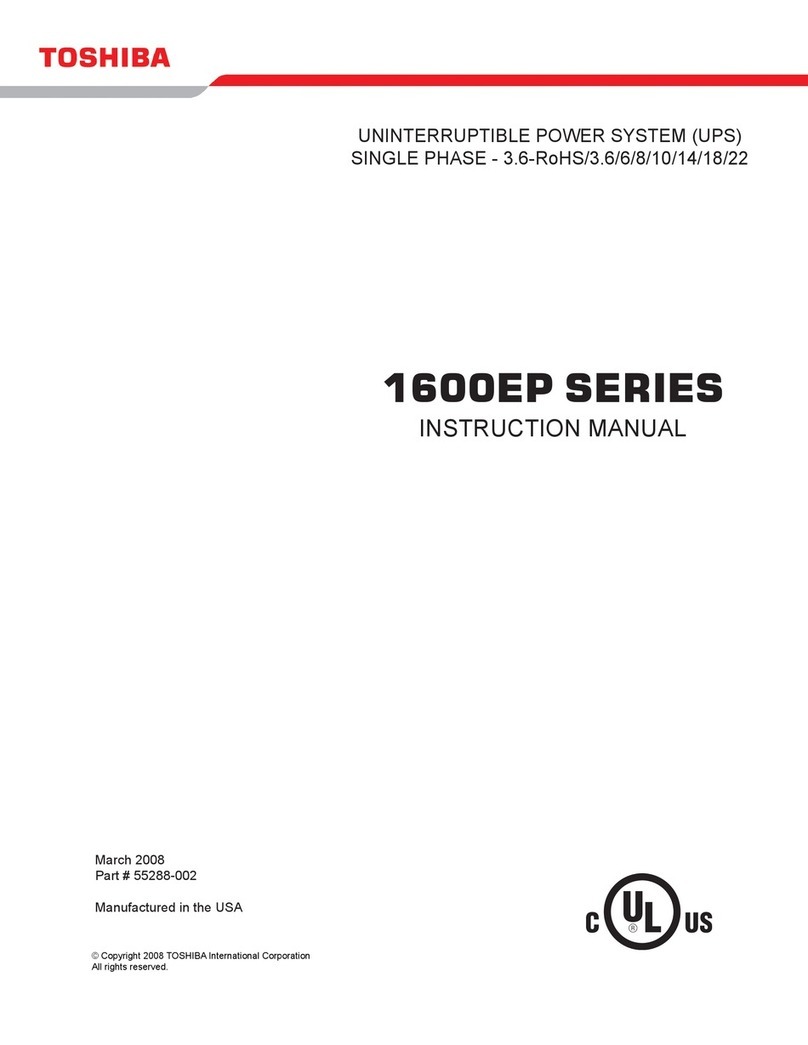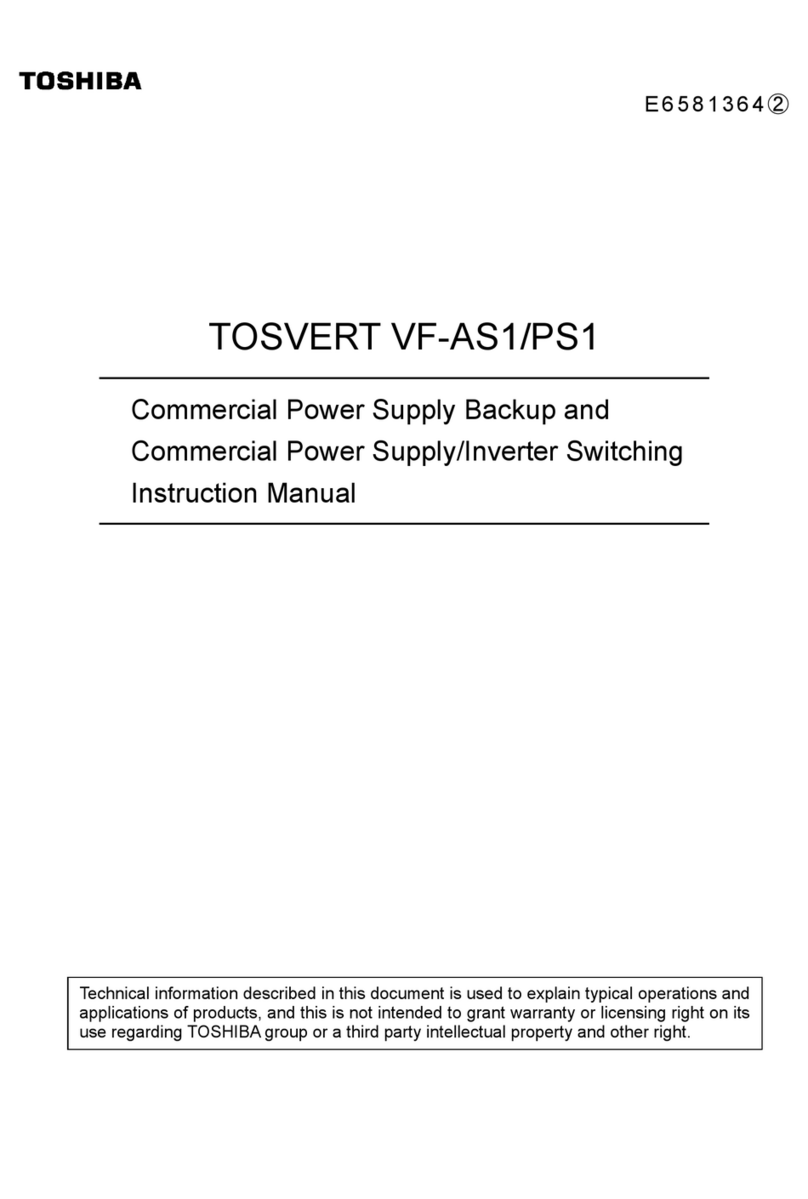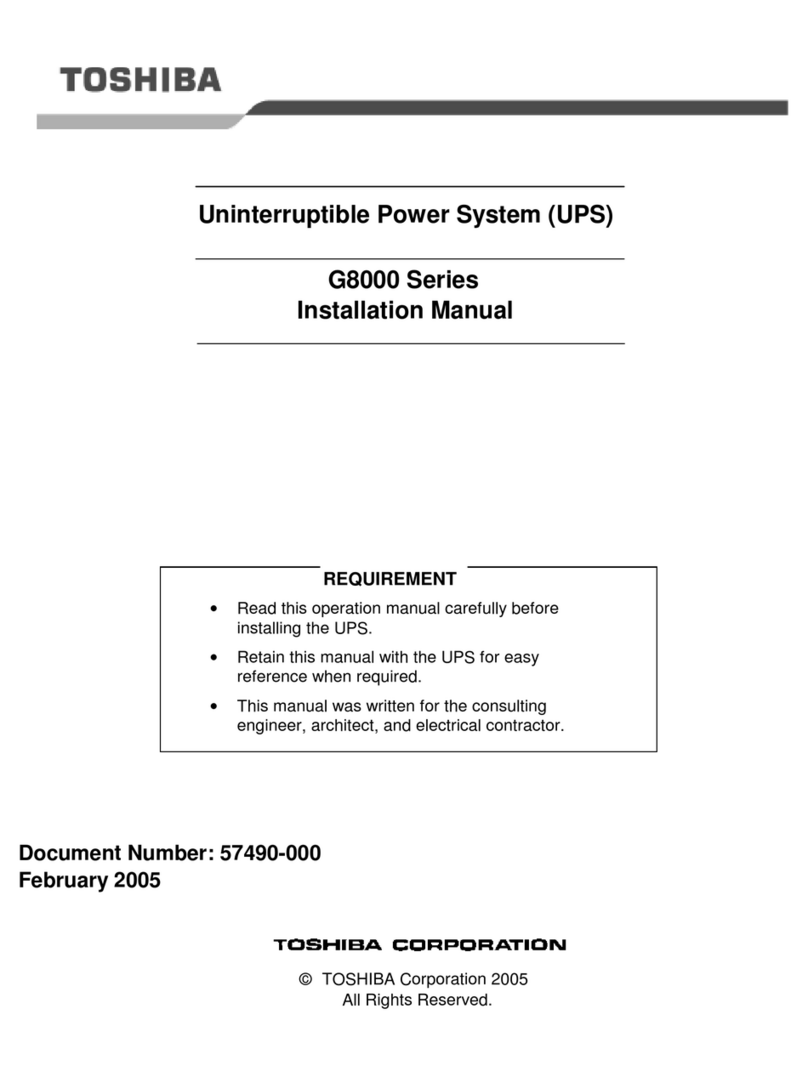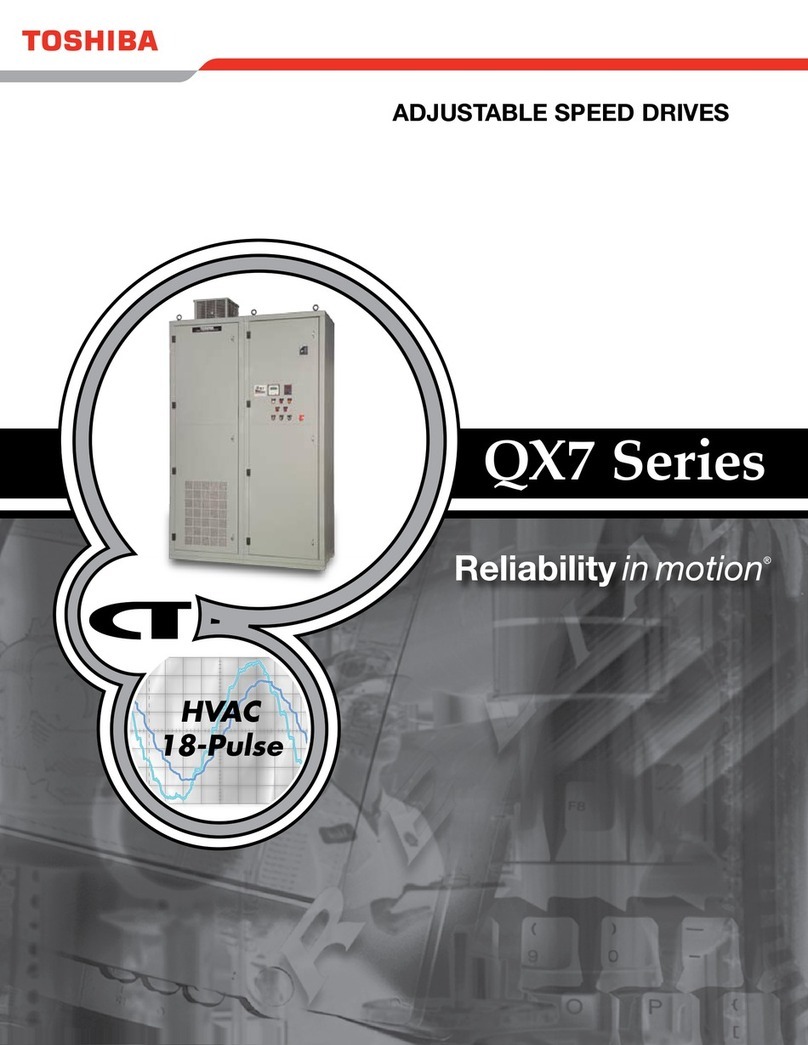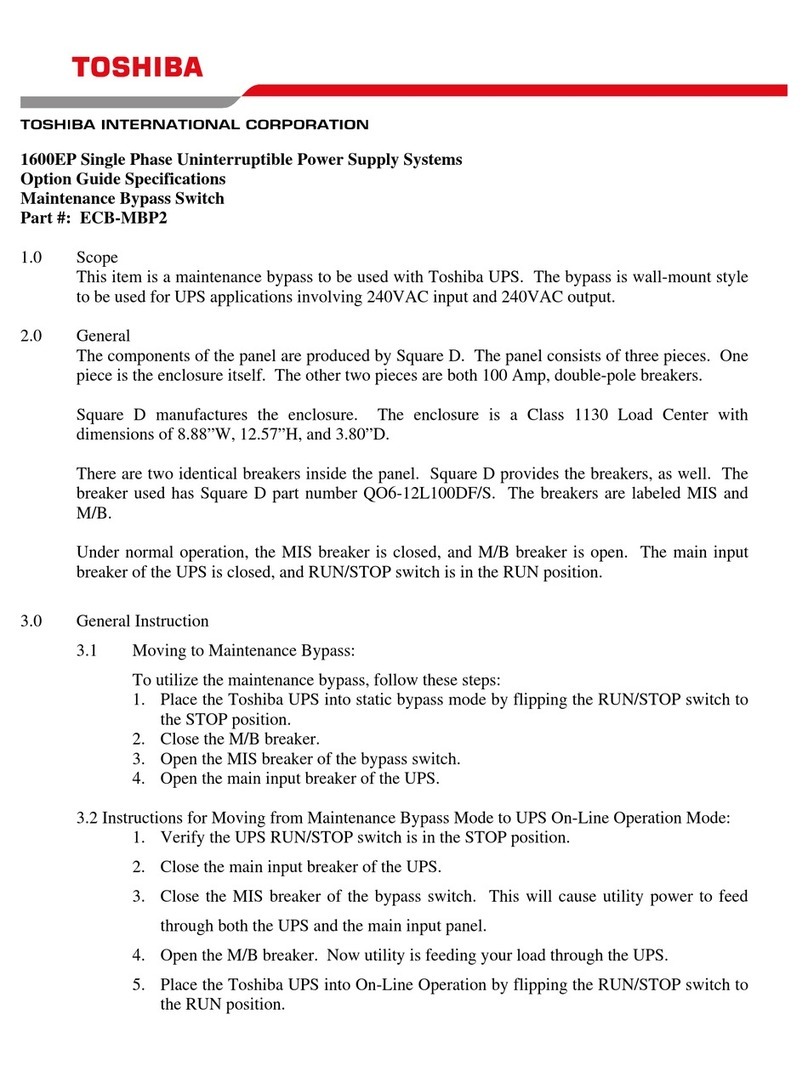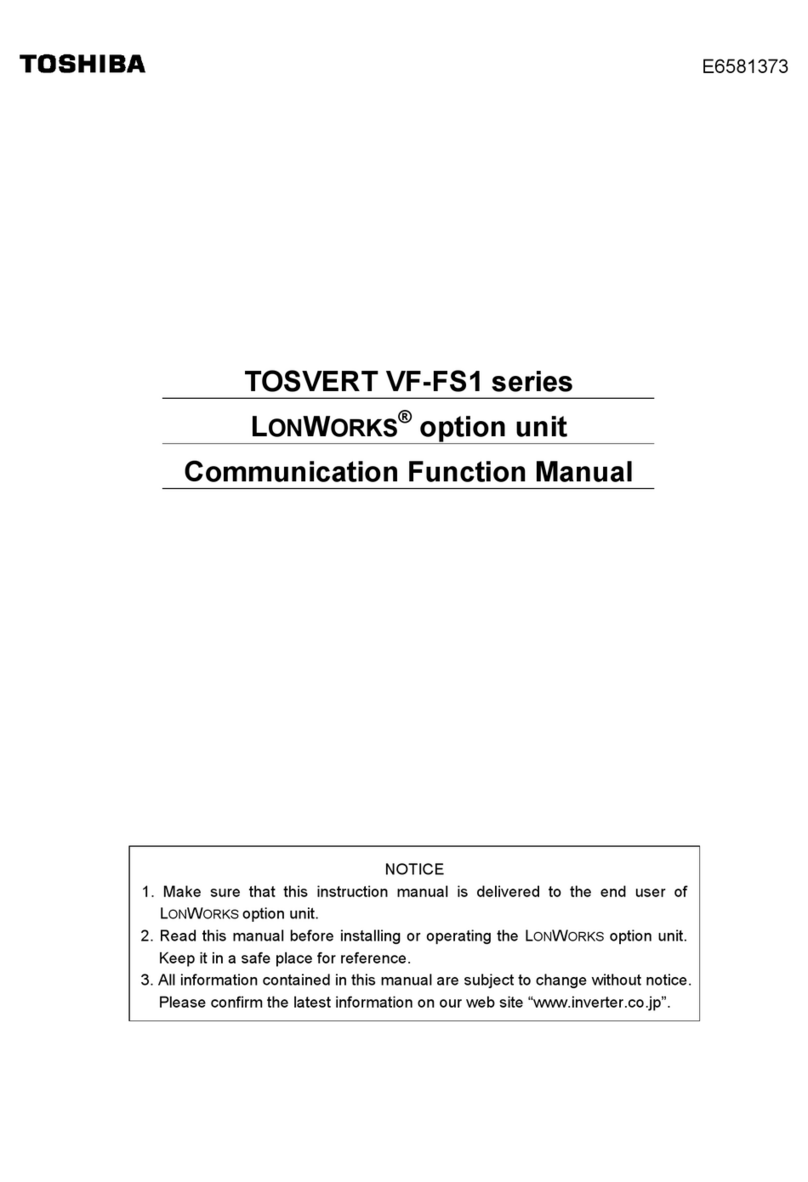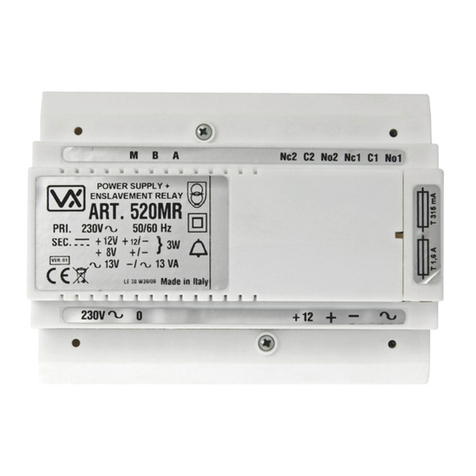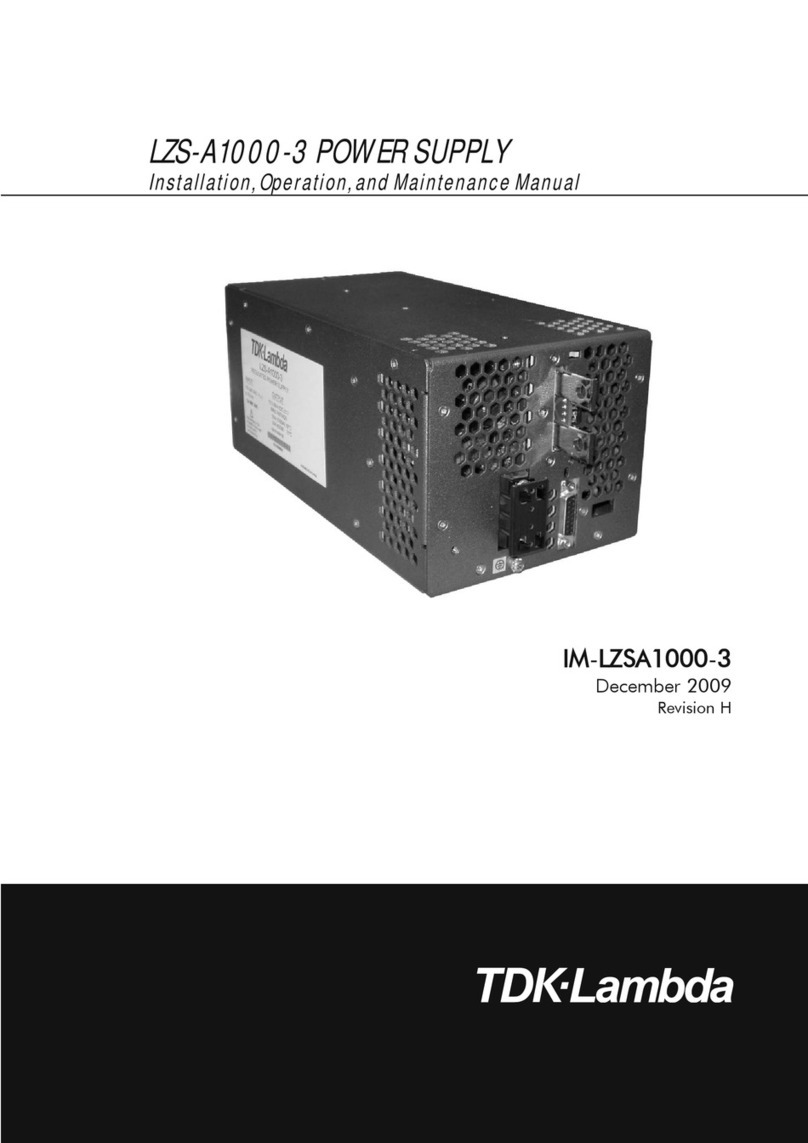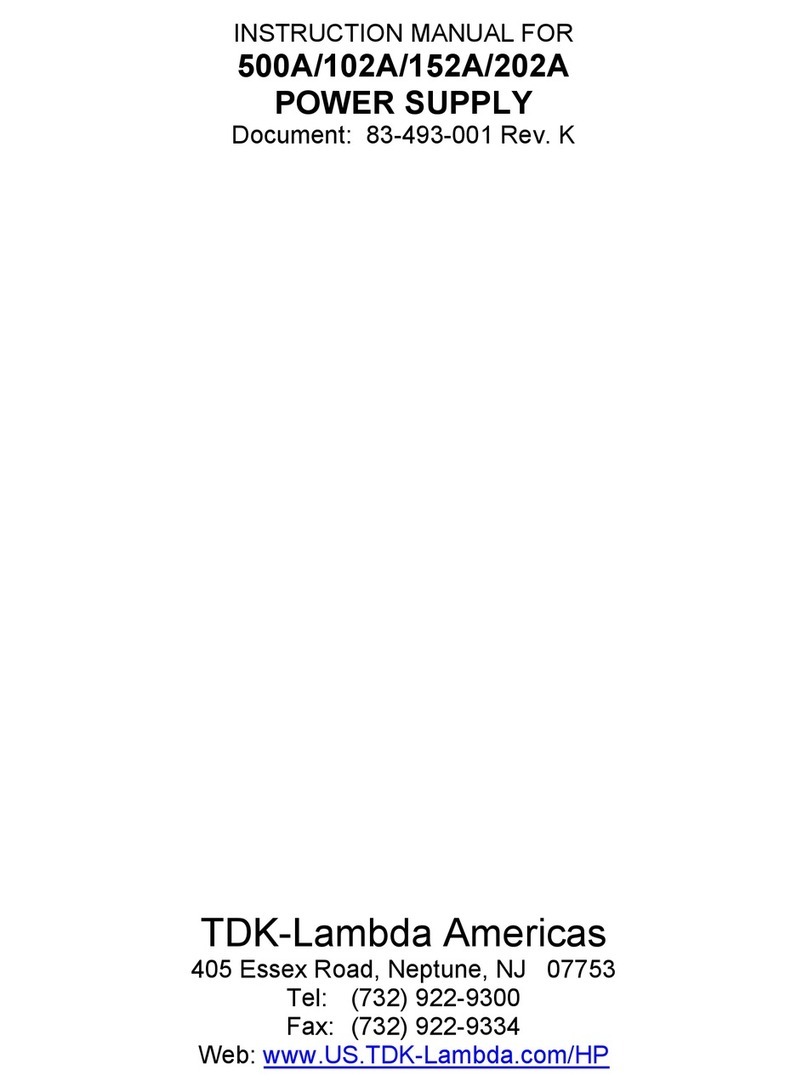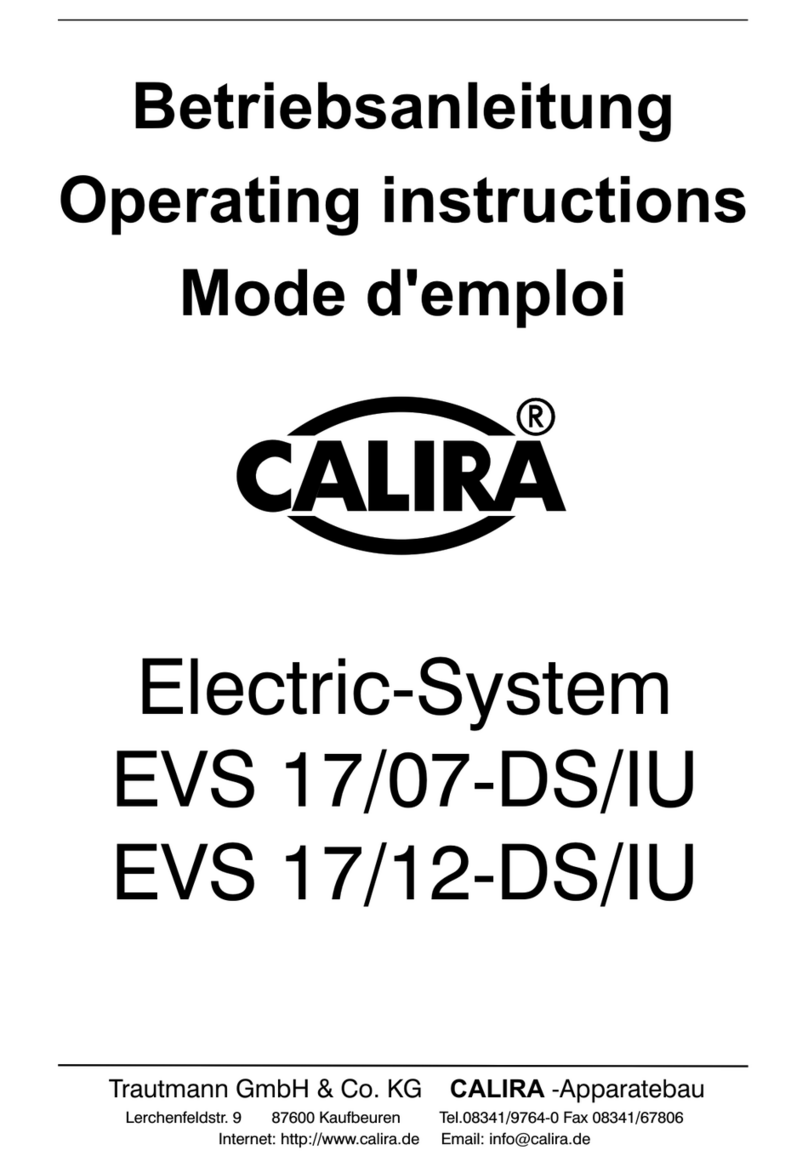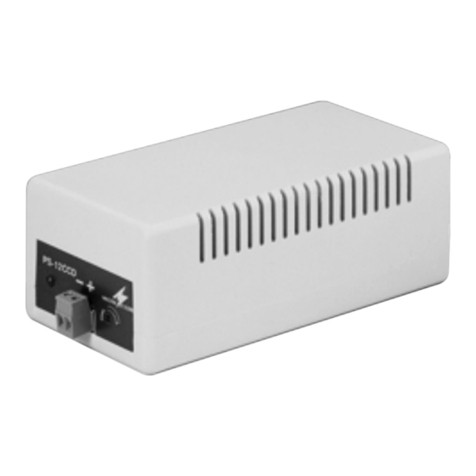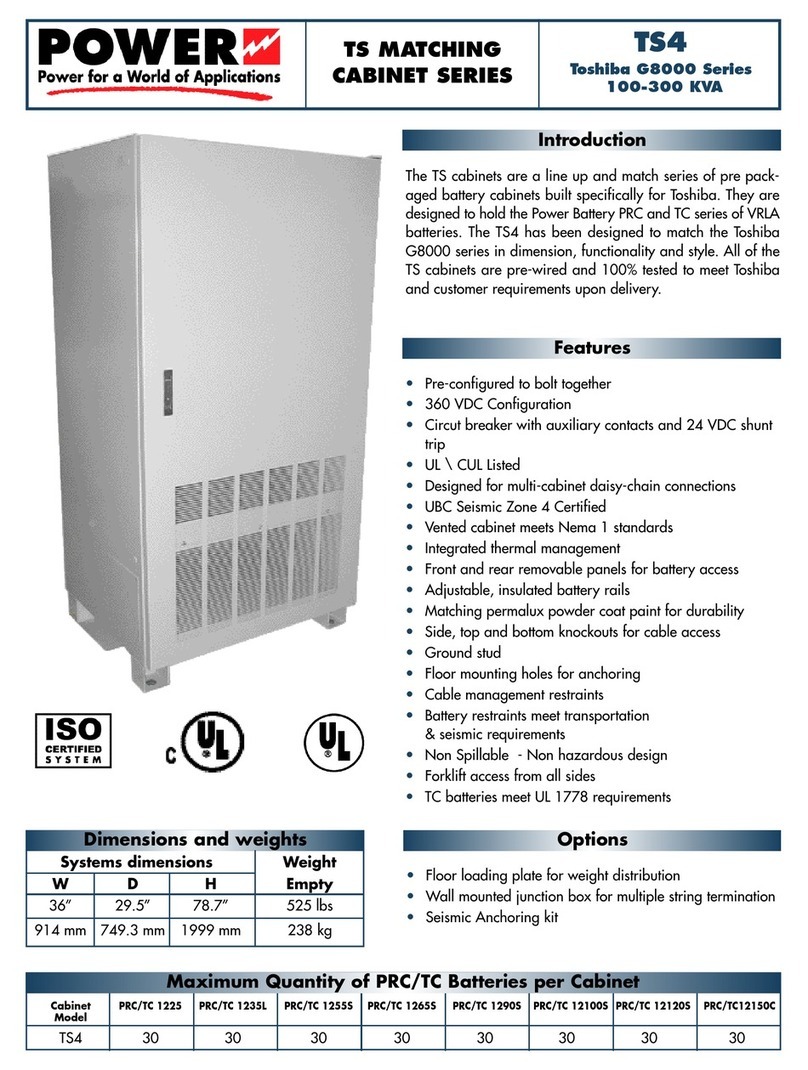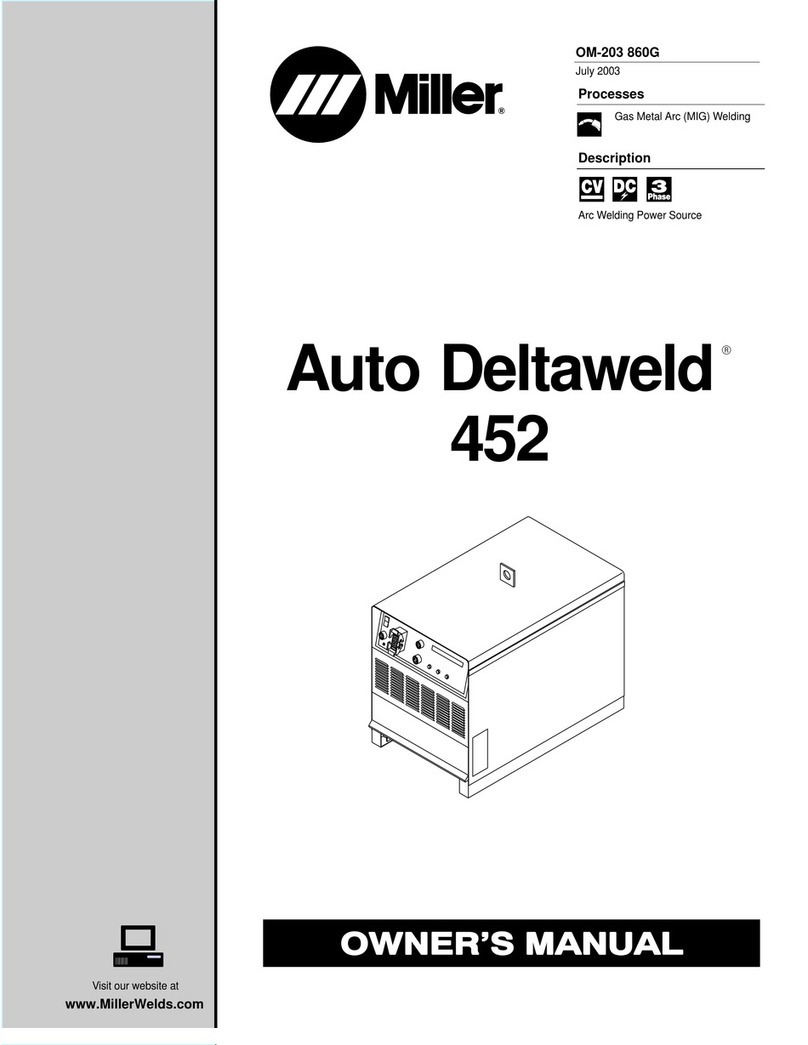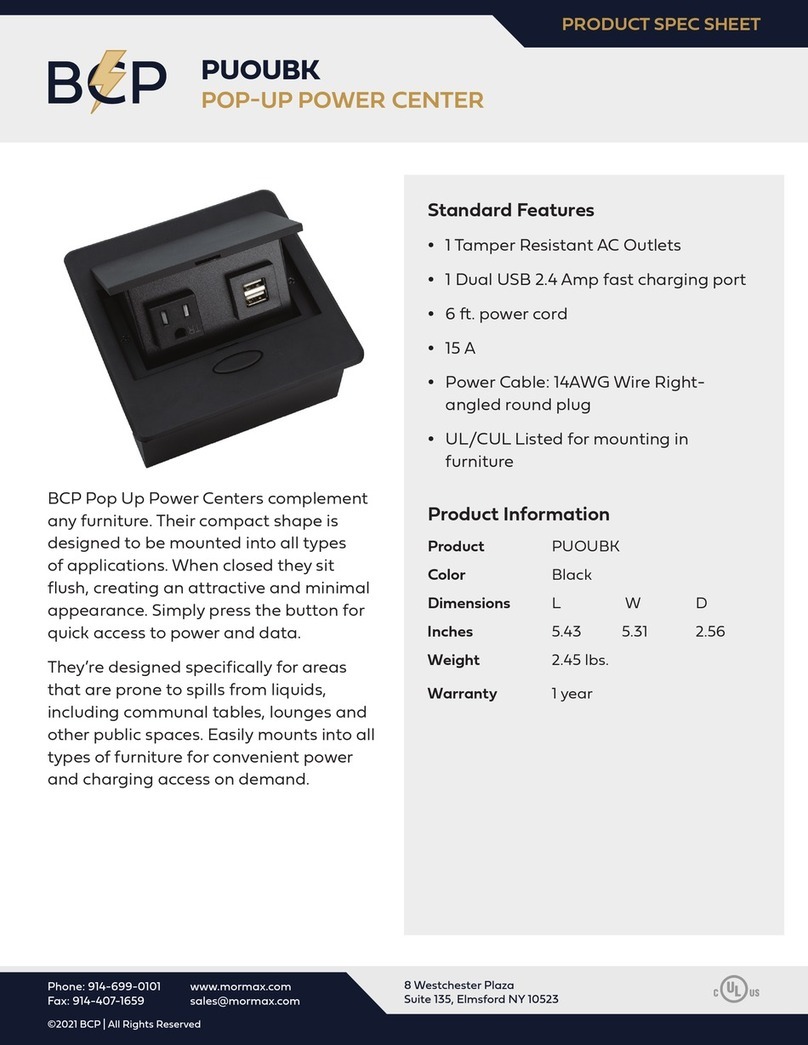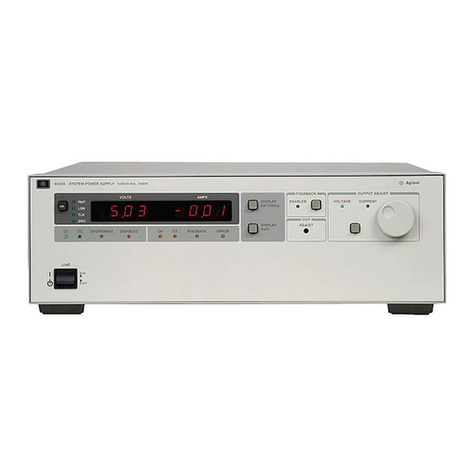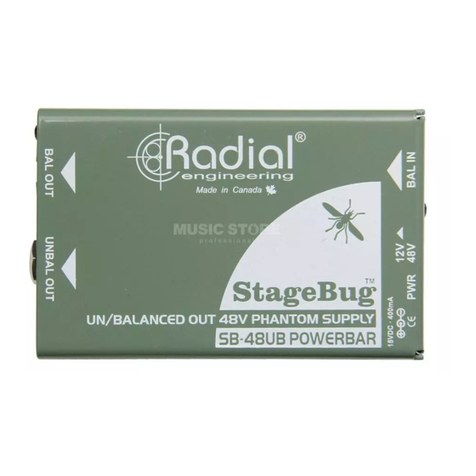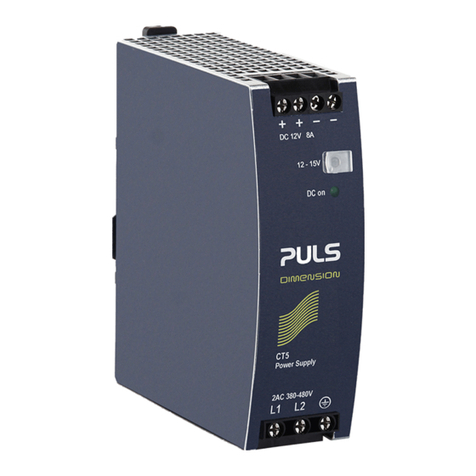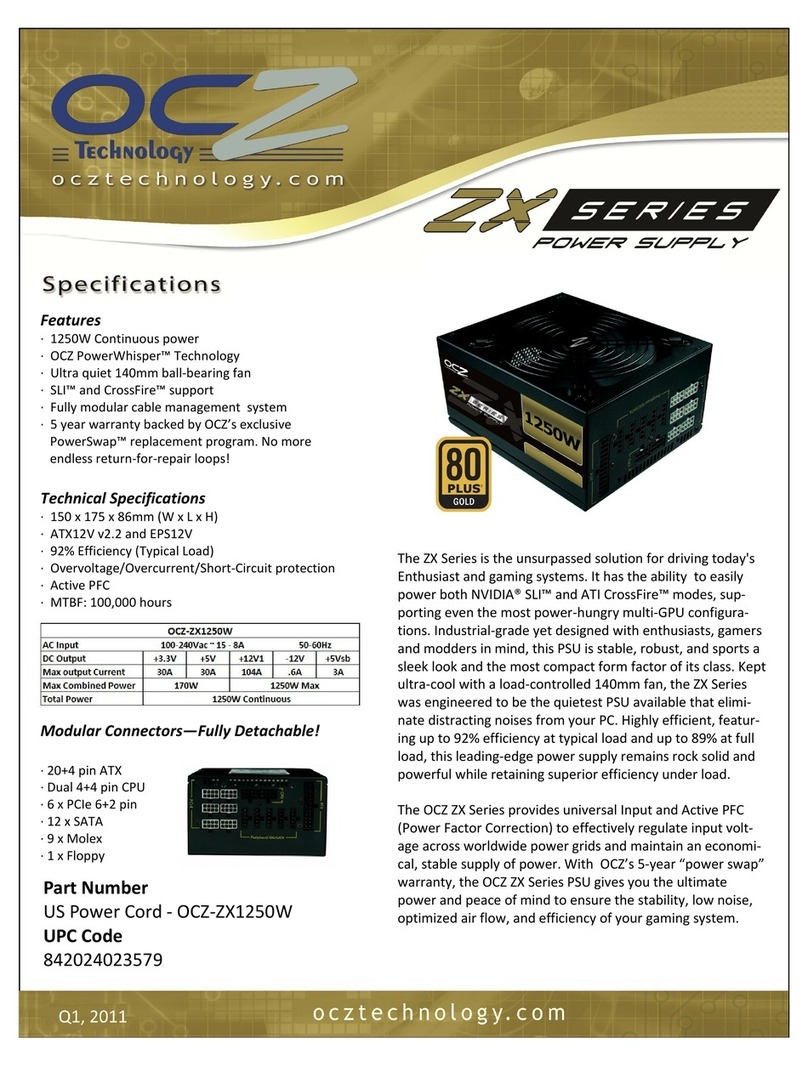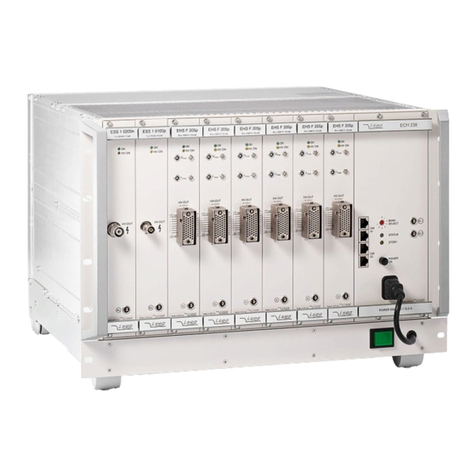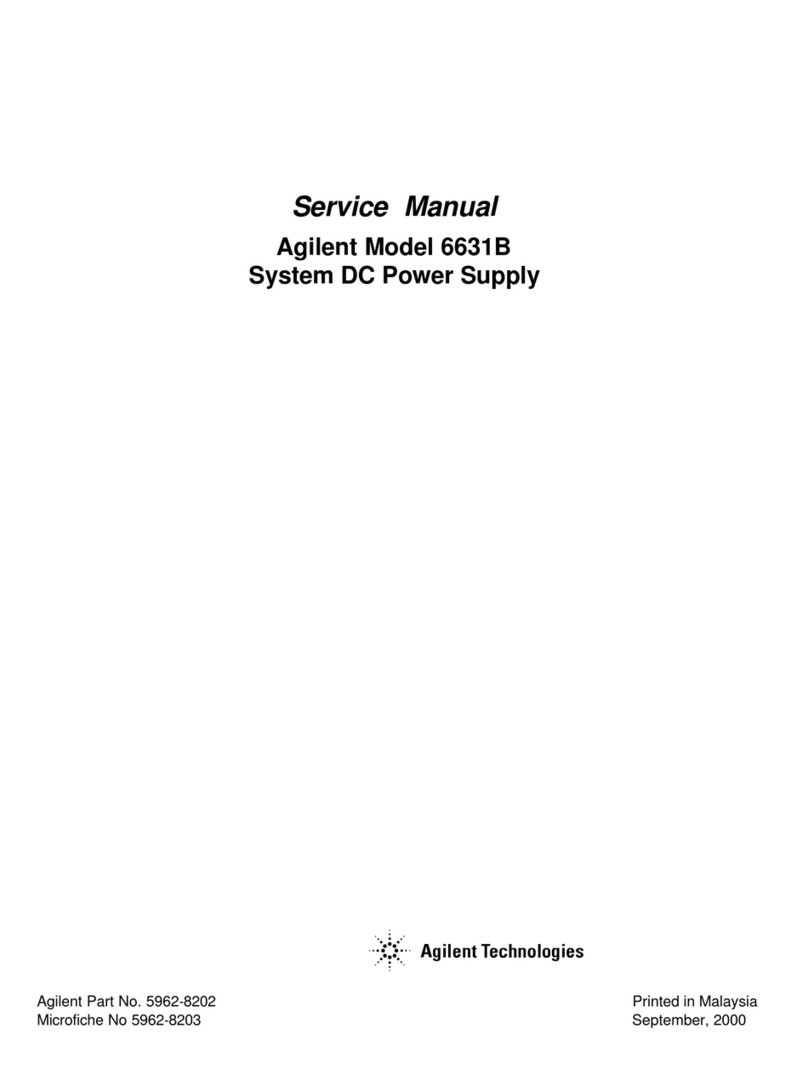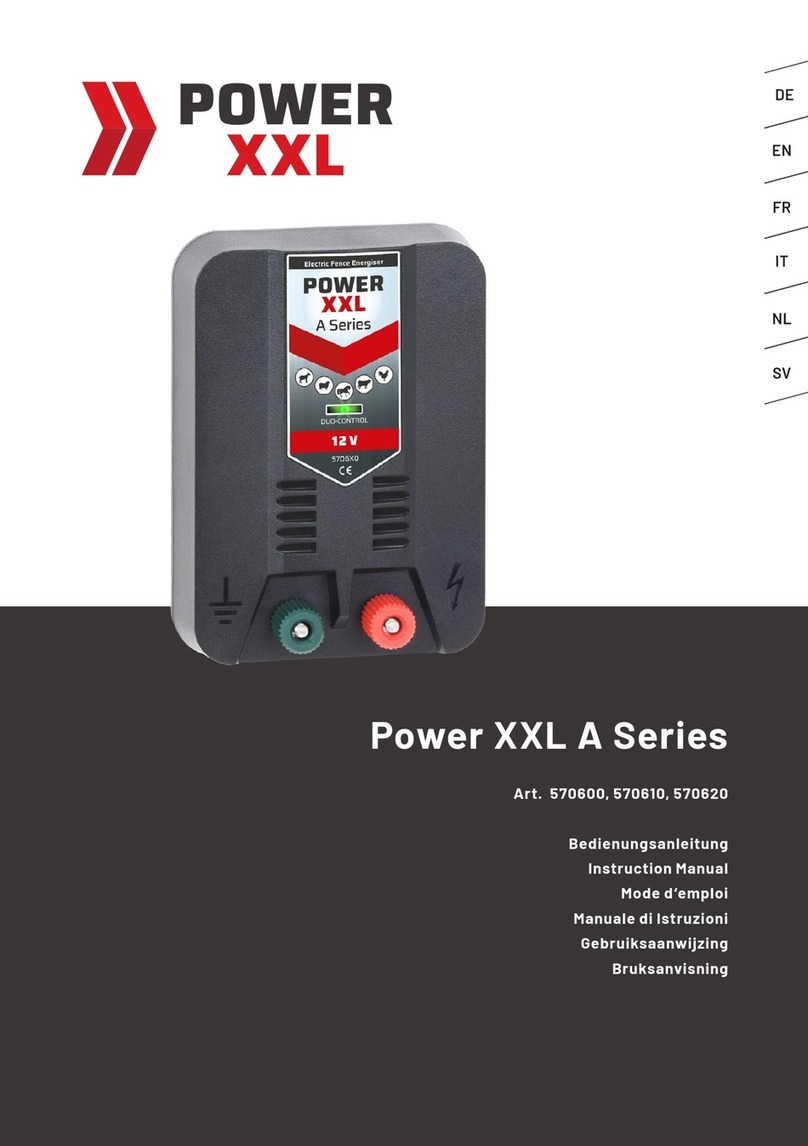
E6581531
ii
5.16 Meter setting and adjustment························································································································ E-26
5.17 PWM carrier frequency ································································································································· E-30
5.18 Trip-less intensification ································································································································· E-31
5.18.1 Auto-restart (Restart during coasting)···································································································· E-31
5.18.2
Regenerative power ride-through control/
Deceleration stop during power failure ········································ E-32
5.19 Dynamic (regenerative) braking - For abrupt motor stop ·············································································· E-34
5.20 Standard default setting ································································································································ E-39
5.21 Searching for all reset parameters and changing their settings ···································································· E-42
5.22 EASY key function ········································································································································ E-43
6. Extended parameters··········································································································································· F-1
6.1 Input/output parameters································································································································ F-1
6.1.1 Low-speed signal··································································································································· F-1
6.1.2 Putting out signals of arbitrary frequencies···························································································· F-2
6.2 Input signal selection ···································································································································· F-3
6.2.1 Priority when forward/reverse run commands are entered simultaneously············································ F-3
6.2.2 Assigning priority to the terminal board in the operation panel and operation mode ····························· F-4
6.2.3 Analog input signal switching················································································································· F-5
6.3 Terminal function selection···························································································································· F-6
6.3.1 Keeping an input terminal function always active (ON)·········································································· F-6
6.3.2 Modifying input terminal functions ········································································································· F-6
6.3.3 Modifying output terminal functions ······································································································· F-8
6.4 Basic parameters 2······································································································································· F-8
6.4.1 Switching among V/f characteristics 1 and 2 from input terminal··························································· F-8
6.5 V/f 5-point setting·········································································································································· F-10
6.6 Speed command switching ··························································································································· F-10
6.6.1 Using two types of frequency (speed)commands ················································································· F-10
6.7 Operation frequency ····································································································································· F-12
6.7.1 Start frequency/Stop frequency·············································································································· F-12
6.7.2 Run/Stop control with frequency setting signals ···················································································· F-12
6.7.3 Frequency setting signal 0Hz dead zone handling function··································································· F-13
6.8 DC braking···················································································································································· F-13
6.8.1 DC braking············································································································································· F-13
6.8.2 Motor shaft fixing control························································································································ F-15
6.8.3 Function of issuing a 0Hz command during a halt ················································································· F-16
6.9 Auto-stop in case of lower-limit frequency continuous operation ·································································· F-17
6.10 Jog run mode················································································································································ F-18
6.11 Setting frequency via external contact input (Up/Down frequency setting) ··················································· F-19
6.12 Jump frequency - jumping resonant frequencies ·························································································· F-21
6.13 Preset speed operation frequencies ············································································································· F-22
6.13.1 Preset speed operation frequency 8 to 15····························································································· F-22
6.13.2 Forced oeration control·························································································································· F-22
6.14 Bumpless operation ······································································································································ F-23
6.15 Trip-less intensification ································································································································· F-24
6.15.1 Retry function ········································································································································ F-24
6.15.2 Avoiding overvoltage tripping················································································································· F-25
6.15.3 Output voltage adjustment/Supply voltage correction············································································ F-25
6.15.4 Reverse run prohibition·························································································································· F-27
6.16 Drooping control ··········································································································································· F-27
6.17 Commercial power/inverter switching ··········································································································· F-29
6.18 PID control ···················································································································································· F-31
6.19 Setting motor constants ································································································································ F-35
6.20 Increasing the motor output torque further in low speed range····································································· F-39
6.21 Torque limit ··················································································································································· F-40
6.22 Speed control gain ········································································································································ F-41
6.23 Fine adjustment of frequency setting signal·································································································· F-42
6.24 Operating a synchronous motor···················································································································· F-43


